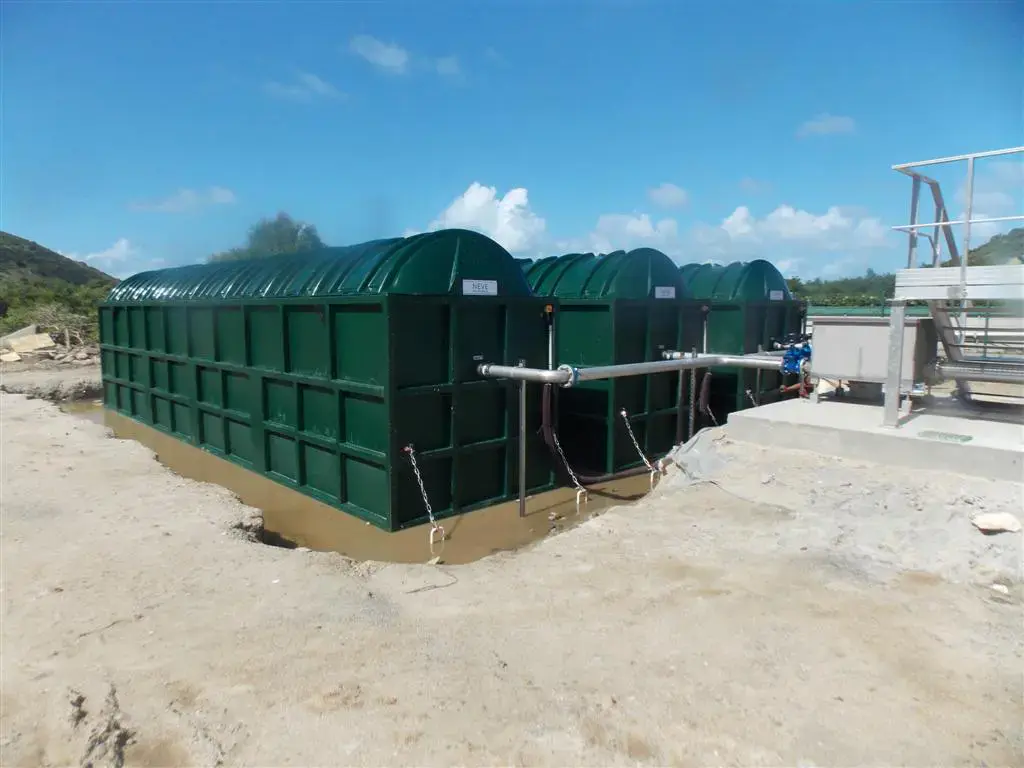
Sewage treatment is the process of removing contaminants from wastewater to make it safe for discharge into the environment or for reuse. It involves a combination of physical, chemical, and biological processes to remove solids, organic matter, nutrients, and pathogens from the wastewater.
- Primary treatment: This process involves the physical removal of large solids and debris through screening and sedimentation. The remaining wastewater is then discharged into a secondary treatment process.
- Secondary treatment: This process involves the biological treatment of wastewater using microorganisms to break down organic matter. This process usually involves aeration and can be done through activated sludge, trickling filters, or biological filters.
- Tertiary treatment: This process involves the advanced treatment of wastewater to remove specific contaminants such as nutrients, metals, and organic compounds that were not removed during primary and secondary treatment. This can be achieved through various methods such as filtration, disinfection, and chemical precipitation.
- Advanced treatment: This process is similar to tertiary treatment but involves additional steps to achieve higher levels of water quality. This can include processes such as membrane filtration, reverse osmosis, and ultraviolet disinfection.
The choice of sewage treatment process depends on various factors such as the type and volume of wastewater, the level of treatment required, and the available resources.
